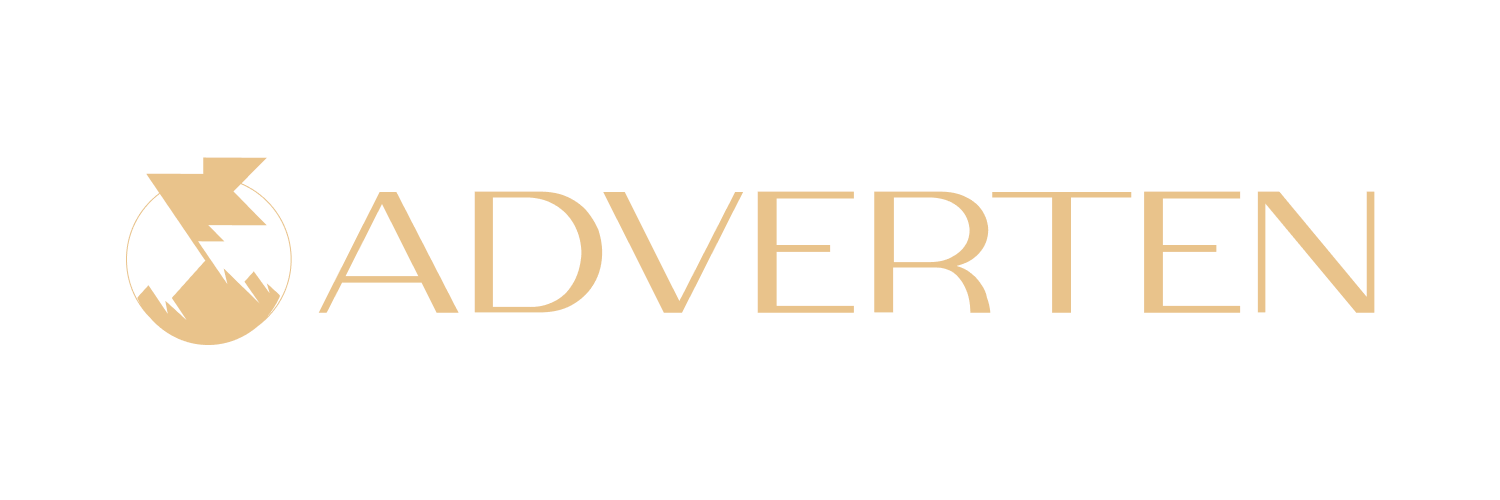In the U.S., dating isn’t just a way to meet someone — it’s an established part of modern urban culture. Big cities dictate a fast pace: little free time, few random encounters, and a strong habit of solving everyday needs through apps. Dating has gone digital as naturally as payments or shopping. As a result, dating apps have become a kind of social glue for millions.

The number of dating app users in the U.S. grows every year
All of this creates a favorable landscape for affiliates — a space with well-established user habits and steady demand. The vertical doesn’t require complex “warming up”: users are already inside the ecosystem, convert well, and are ready to pay for a clear value proposition. That’s why the U.S. dating market looks like a promising playground for those seeking stable, predictable traffic with growth potential.
The U.S. Dating Ecosystem: From Swipes to Matches
The American online dating scene isn’t limited to a few major brands. It’s a full ecosystem with multiple formats and monetization models.
Users can choose not only partners but also the style of interaction — based on their tempo, values, and expectations.
The U.S. dating market includes hundreds of apps with different mechanics.
In general, the ecosystem can be divided into several product types:
- Mass-market swipe apps — fast conversions and high traffic volumes.
- Deep matching platforms — longer decision cycles but higher LTV.
- Niche apps — tailored interests and values, great for testing creatives and approaches.
- Hybrid formats — combine online and offline experiences, monetized through subscriptions and boosts.
Each audience has its own monetization model and quality signals. The market’s maturity allows affiliates to work flexibly: testing offers, segmenting audiences, and building funnels tailored to each product’s logic.
Here, success doesn’t depend on who drives more traffic, but on who better understands user behavior.
Who Are These Users: Audience, Motivation, and Payment Psychology
In dating, behavior varies greatly by age and life context. Below is a practical segmentation you can use to form hypotheses and creatives for different offers:
- 18–24: highly active, respond to UGC and ironic formats. TikTok and Instagram are ideal for testing.
- 25–34: core paying audience, value time-saving and smart features. Meta, Google UAC, and TikTok perform best when the subscription value is clear.
- 35–44: less hype, more meaning. “Storytelling” and proof of value convert best; Meta, Google, Programmatic, and Reddit are solid channels.
- 45+: loyal audience when approached with respectful copy and a calm UX. Facebook and straightforward landing pages work best.
Precise audience segmentation helps find the right approach faster.
U.S. users generally perceive dating app subscriptions as affordable — often the price of a few cups of coffee.
This lowers entry barriers and leads to fast purchase decisions without overthinking.
In practice, this allows communication to be built around ease and value rather than pressure.
What Works in Creatives and Funnels
Driving traffic through dating apps remains a relevant and low-entry source — especially for free traffic. With modern AI tools, the potential for scaling such campaigns is significant.
Still, offers alone don’t guarantee success. U.S. audiences see dozens of similar ads daily and decide within seconds whether to click or scroll past. This is where creative precision decides everything — either it resonates with the user’s motivation or it disappears in the noise.
Advertisers use mechanisms like ice-breakers, filters, and video intros to reduce fatigue and make the product feel more personal when the creative supports this tone, conversion rises naturally without added pressure.
When a user opens a dating app, they’re not just looking to swipe — they want a smooth, relevant experience: less noise, more real matches, and a sense of control.
That’s why effective creatives don’t make loud promises; they use clear, behavior-based triggers — “meet someone nearby,” “chat now,” “ONF,” or “discover missed connections.”
The Importance of Tone and Presentation
Traffic principles in the U.S. aren’t dramatically different from other GEOs, but tone matters.
The American audience is sensitive to how brands speak to them: aggressive, deceptive, or manipulative tones quickly erode trust.
However, using classic hooks and clear calls-to-action remains essential for engagement.
Turning Traffic into Revenue: Sources and Optimization
The U.S. market works well with paid traffic sources, each having its own strengths:
- Meta: great sandbox for testing creative and audience hypotheses.
- Google UAC: scalable installs when event optimization is properly set.
- TikTok & Snap: fast testing cycles, strong for young audiences and UGC.
- Reddit Ads: niche targeting by interest and worldview through subreddits.
- Other advertising platforms — for additional traffic diversification.
At Adverten, we put strong emphasis on traffic quality. Our process is built on key principles:
- Intelligent funnel optimization for each traffic source.
- In-house tech solutions and exclusive offers.
- Extra monetization for maximum revenue.
- Smart auto-optimization with real-time stats.
- Continuous split-testing of offers to find the best combinations.
- Custom domain support and postback setup.
- Integrated fraud detection system.
Our core strategy is building long-term partnerships based on efficient monetization across all GEOs and traffic types.
At Adverten, we’ve been in dating for years and see one clear pattern: Success doesn’t come from generating more traffic — it comes from building a segmented, event-driven, quality-focused strategy.

